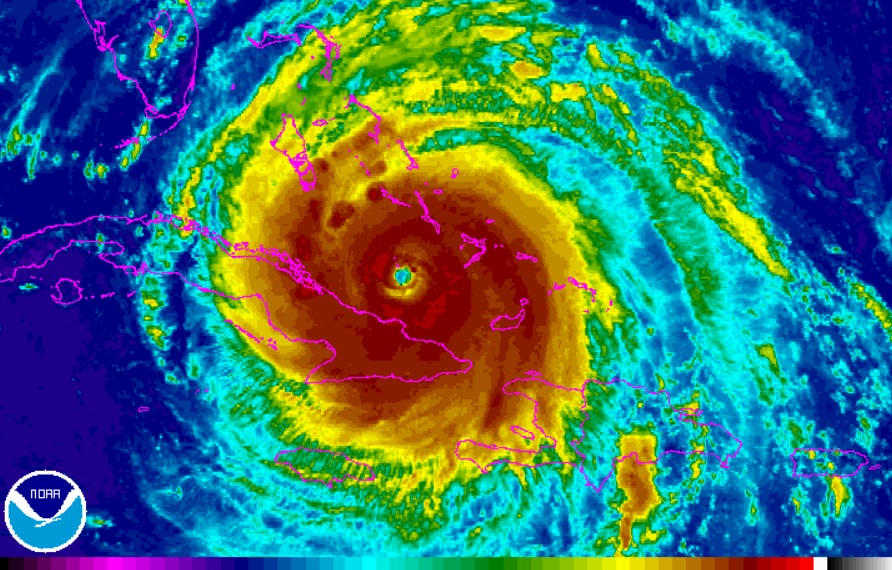Help your health AND the environment when you ditch your microwave: Use of the ovens across Europe emits as much CO2 as 7 million cars
01/24/2018 / By Jhoanna Robinson

New research recently found that microwaves in Europe are as dangerous to the environment as 6.8 million cars, as they emit 7.7 million tons of carbon dioxide each year – the same amount that three large gas power plants emit – and consume almost 9.4 terawatts per hour (TWh) of annual electricity.
Researchers say governments should focus on starting an awareness campaign so that people who own microwave ovens could make use of their appliance more efficiently. They also say that existing regulations are not enough to decrease the environmental impacts of microwaves and that there is a need to create specific regulations for microwaves, taking into account their design.
Microwaves in the European Union (E.U.) are estimated to come at around 135 million pieces by 2020.
“Consumers now tend to buy new appliances before the existing ones reach the end of their useful life as electronic goods have become fashionable and ‘status’ items. As a result, discarded electrical equipment, such as microwaves, is one of the fastest growing waste streams worldwide,” lead author Dr. Alejandro Gallego-Schmid of the University of Manchester‘s School of Chemical Engineering and Analytical Science, said.
Another major contributing factor as to why microwaves are becoming a waste these days is the reduced lifespan of microwaves compared to 20 years ago. Now, a microwave oven lasts only between six and eight years. (Related: Microwave Ovens: The Curse of Convenience.)
Britain uses its microwave ovens more than any other member-country of the E.U.

The study utilized life cycle assessment to find out about the impact of microwaves, considering their end-of-life waste management, manufacture, and use from “cradle to grave”. The researchers took note of 12 different environmental factors which include depletion of natural resources, ecological toxicity, and climate change, among others.
According to the research, the main “hotspots” for carbon dioxide production are the materials that are used to make the microwaves, the manufacturing process itself, and end-of-life waste management. In conclusion, the study showed that the consumption of electricity by microwaves has the biggest impact on the environment.
On average, an individual microwave utilizes around 573 kilowatt hours (kWh) over its lifespan of eight years, which is equivalent to the electricity consumed by a seven-watt light-emitting diode (LED) light bulb, left on continuously for nearly nine years.
“Given that microwaves account for the largest percentage of sales of all types of ovens in the E.U., it is increasingly important to start addressing their impact on resource use and end-of-life waste,” Dr. Gallego-Schmid said.
Another expert, University of Edinburgh professor of carbon management David Reay, still believes that cars are the ones doing the most damage to the environment, not microwaves. “Yes, there are a lot of microwaves in the E.U., and yes, they use electricity. But their emissions are dwarfed by those from cars – there are around 30 million cars in the U.K. alone and these emit way more than all the emissions from microwaves in the E.U.
Latest data show that passenger cars in the U.K. emitted 69 million tons of CO2 equivalent in 2015. This is 10 times the amount this new microwave oven study estimates for annual emissions for all the microwave ovens in the whole of the E.U.,” Reay said.
In fact, industry people say that microwaves use less energy as compared with other types of cooking. Price comparison website uSwitch.com lists microwaves as the most efficient cooking appliance, followed by the hob (cooktop or hotplate) and finally, the oven.
Energy efficiency advocates are of the mind that the government should focus on more deep-seated issues when it comes to electricity, and not just settle for making microwave use efficient. “Yes, it’s important to use microwaves efficiently. But so is making sure the electricity that powers them is as low-pollution as possible,” said Amsterdam, Netherlands-based Friends of the Earth senior climate change campaigner Simon Bullock.
“The government should reverse its policy attacks on solar and onshore wind. We need green electrons powering all the nation’s tellies, microwaves, and fridges,” Bullock added.
The ready-meal: A tradition known by the British for years
Ready meals first became known to the British in 1953. Ever since then, ready meals have become a staple in British cuisine, with the Britons spending around $4.1 billion (three billion pounds) annually on them.
British celebrity chef Gordon James Ramsay, Jr. once called ready meals “food hell”, alluding to their unhealthiness, as they are usually made of cheap cuts of meat, additives made from human hair, as much sugar as a can of coke, and toxic trays.
For more news concerning the environment and how human activities affect it, visit Enviro.news.
Sources include:est impact on the environment
Submit a correction >>
Tagged Under:
carbon dioxide, carbon management, energy conservation, energy use, Europe, green living, kitchen appliances, microwave, microwave ovens
This article may contain statements that reflect the opinion of the author





















